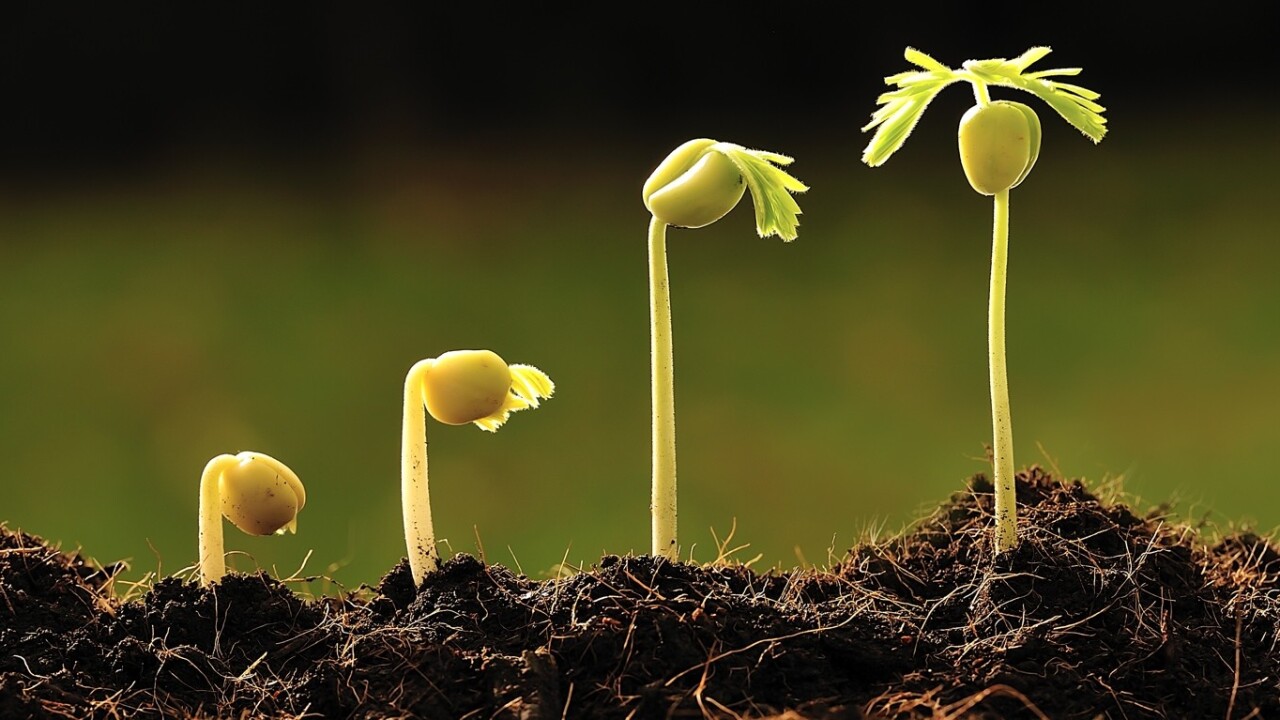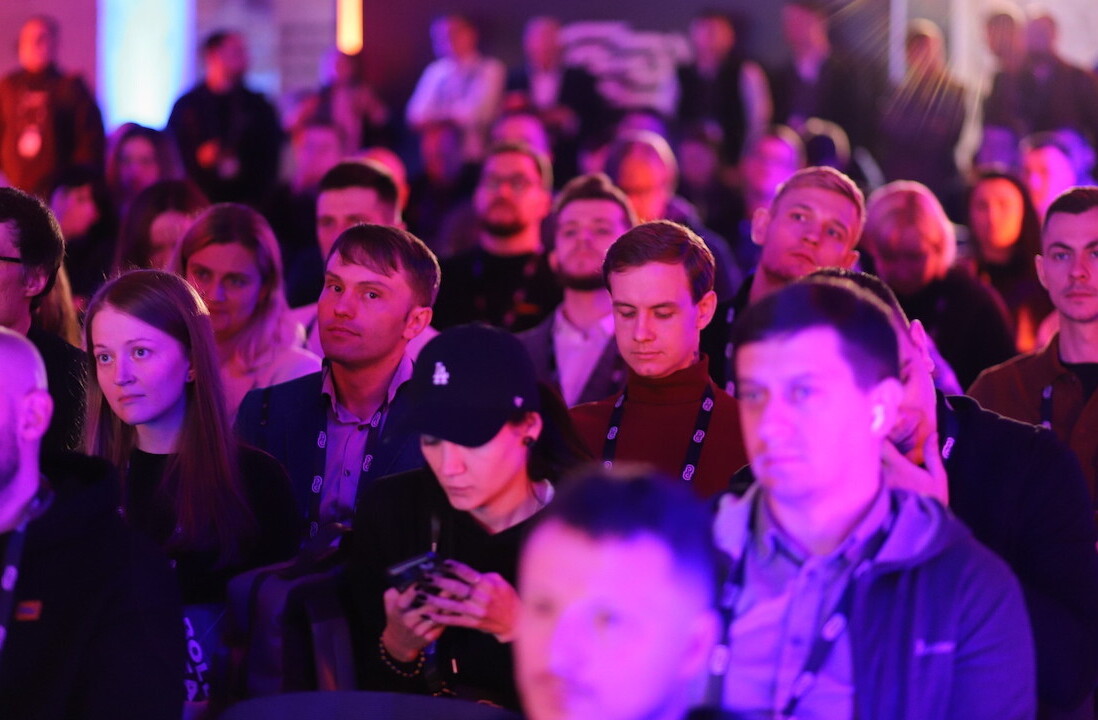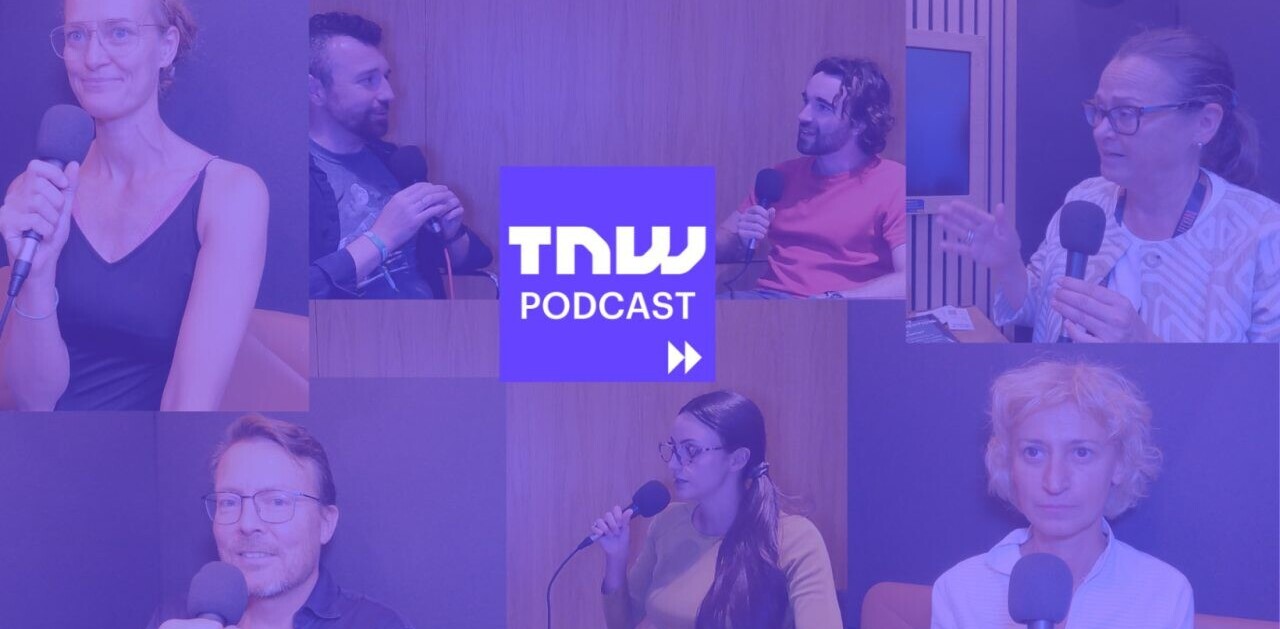
Paul Jarvis is a Web designer and best selling author. He works with the world’s biggest entrepreneurs and Fortune 500 companies. His latest book, Everything I Know, is a no-rules journey through 20 years of freelancing as a creative professional.
Face it. You’re trying to game the system.
Even right now, reading this, you’re hoping there’s some new idea presented that helps you learn a new marketing or promotion tactic to take what you’ve made to the next level. You’re hoping for the magic pill that will get you in front of more eyeballs, and more importantly, have those eyeballs give you money (if eyeballs had wallets).
Here’s the thing: anytime a specific and proven tactic actually works, it will only last for a short time, and then only for the first few people who use it.
Then they invariably tell others and it gets watered down until everyone is trying the exact same thing and wondering why they aren’t getting results, possibly even paying money to learn what worked for the now-successful early adopter.
Let’s revisit an old friend
MySpace used to be the place for musicians (an easy example because I am a musician who used MySpace). In the beginning, it was easy to build a fan-base on their network, connecting with lots of people quickly and building a following.
Some musicians even started huge careers just because they had a lot of MySpace fans. You created your account, uploaded your music and started friending people. Boom, done.
After a while, promoters and venues were only letting musicians contact them via MySpace to book shows. Eventually, every musician started to use MySpace.
But, as I hope most of you are aware, MySpace died a horrible, lonely death. Sure, it still exists, but do you know even one who person actively uses it? Or a musician that’s used it with any success to build fans or sell records? They hired Justin Timberlake to promote their launch and it still tanked.
Any musician that assumed simply creating a MySpace profile would net them big shows and lots of dedicated fans was shit out of luck.
That’s not a real strategy. It’s a lazy attempt to get out of the hard work of playing shitting venues for 0-5 people, night after night, until they got good enough for people to notice.
Tactic v. Strategy
We all think the latest and greatest tactic to get a bigger audience is going to go so well for us. Except the reason we think it’s going to work is because we just read about it on a popular blog (along with 10,000 other people, thinking the same thing we are).
We can’t just set up a MySpace profile and wait for album sales. We also assume the platforms we use will promote our work for us.
If we just have a Kickstarter campaign, we’ll be part of their marketing machine and get the project funded. Stretch goals unlocked!
Or if we put our book on Amazon and make it cheap, it’ll fly off the digital shelves. Bestseller! Oh, you want to buy the movie rights?!
Or if our app is in Apple’s App Store it’ll get featured as soon as it’s approved. One million downloads, what?!
The likelihood of any of these things happening is like winning some sort of marketing nerd lottery. Lottery winning rarely happens and you certainly can’t hedge your bets on it.
The only way to ensure what you’ve made has the traction it needs to take off is to bring your own people to the party. That way, if the party needs to change location, everyone’s game to move it elsewhere with you.
You can’t stand by the punchbowl and cross your fingers, hoping people show up. You have to invite others. But before even that, you have to actually make friends and foster relationships.
Really, you have to build a following of people that like what you do. People that would benefit from what you’ve made and maybe, just maybe, like it enough to tell other people they know.
There’s no quick tactic or simple way to game the system to build a loyal audience of people who are eager for what you create. More importantly, you can’t put all your stock into a single tactic — it might not pay off, and even if you’re lucky and it does, you won’t know how long it’ll work.
Tactics come and go. Tactics get watered down. Tactics are MySpace profiles.
So, how do you do it?
How do you build 1000 loyal fans? A tribe? A small army? You have to abstract it out a little, to a point where there are no easy answers. Except that it’ll involve hard and onerous work on your part.
There are no quick hacks, just a lot of time (measured probably in years, not days) put into what you make. You keep working at what you do, constantly doing it better and then showing the people who’ll benefit from that creation.
It might start with one person in your tribe. Or it might start with no people, in which case you have to go back and work harder at what you’re creating and try again.
Once there is at least one person that wants to be part of your following, you have to keep producing something of value for them. And then they’ll hopefully tell someone else. That’s two people now, which means you just doubled your audience. And then you keep working and launching and showing the right people what you’ve made.
Slowly, if the work is good enough and you show it to enough of the right people, more people will start to show up at your party, regardless of its location. They’ll bring eyeballs (the kind with wallets).
Maybe you show people what you’ve made using MySpace (hey, it could make a comeback) or maybe it’s Twitter or SuperSocialX (which doesn’t exist yet, but Justin Timberlake is on call for the promo video). The platform used to promote isn’t important. The platform can and will keep changing.
What matters is that you’re connecting with your people and building them something they value. So when that platform changes or dies, those people are still willing to follow your party to another location.
Produce work that others find valuable and share it with them. If you produce something that no one finds valuable, go back and make it better. Then try sharing it with the type of people that could benefit from it.
Otherwise, you’re just posting your music on MySpace and hoping you’ll get lucky.
Get the TNW newsletter
Get the most important tech news in your inbox each week.





